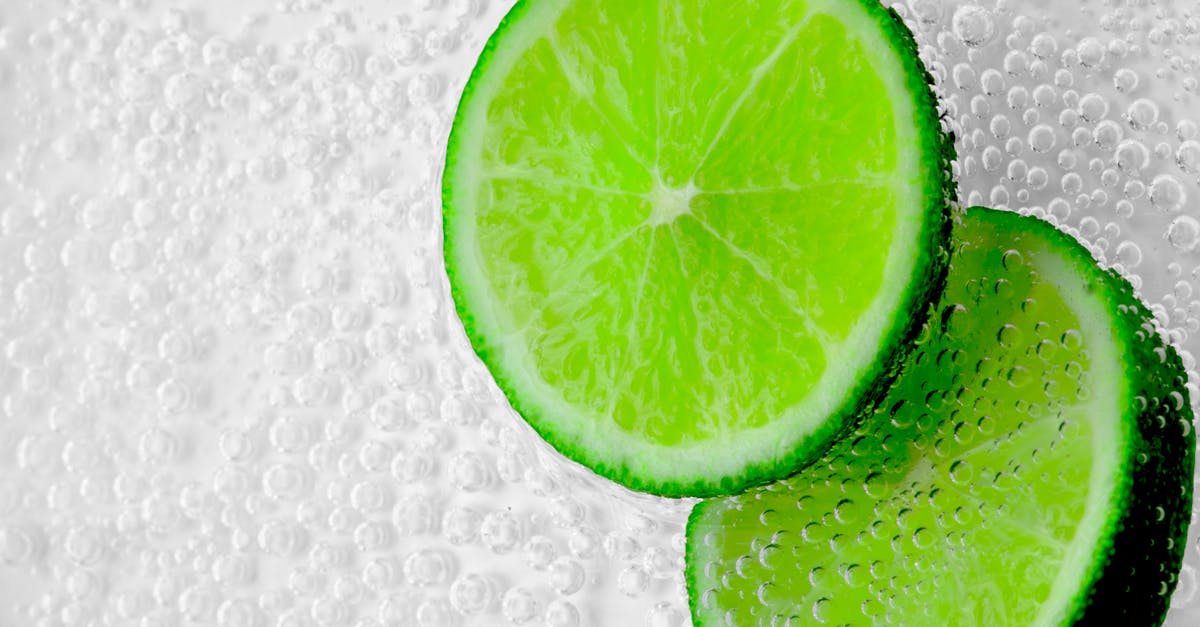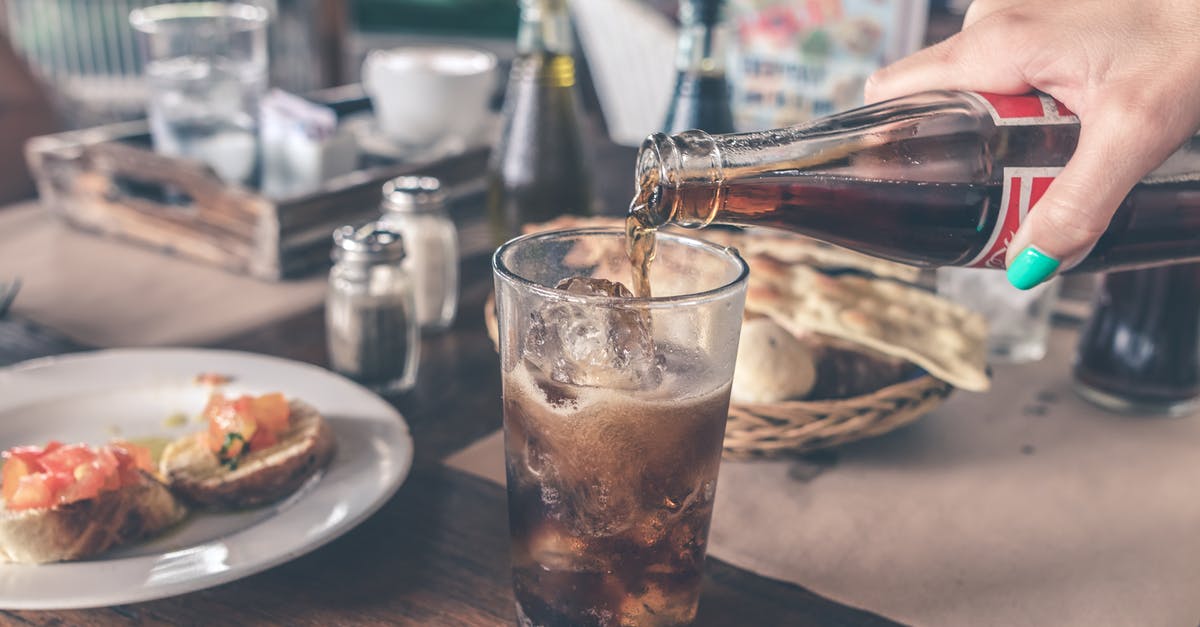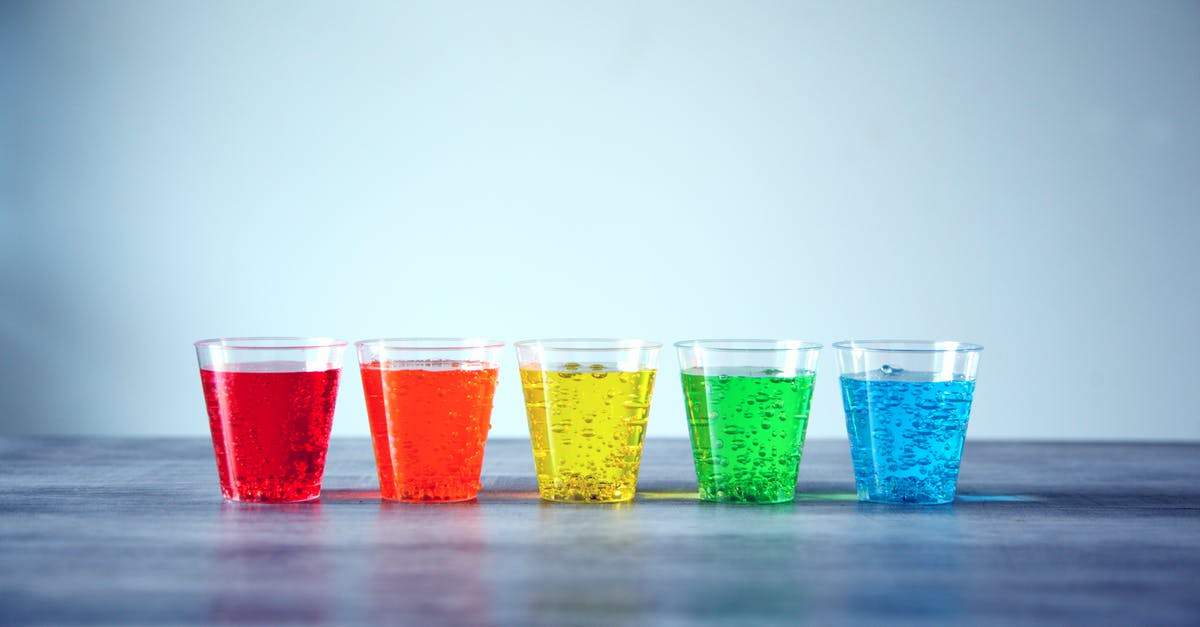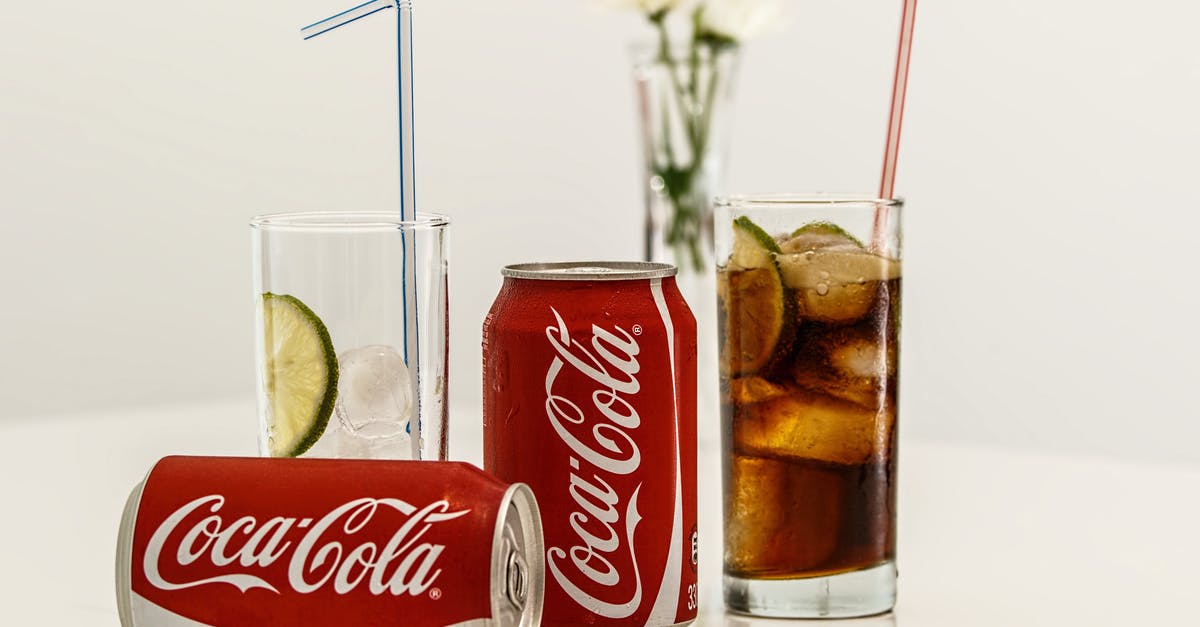How to recognize fizzy wine?

I don't have much theoretical knowledge about wine, but I like the taste. So I often get a random bottle from the wide selection at the supermarket, avoiding only the bottom line of TetraPack wine. I have noticed a few trends (e.g. I don't like Chillean wine), but it is still mostly a hit-and-miss. One of the "bah" moments I have had several times recently was fizzy wine.
I don't mean wine sold as sparkly, such as champagne or prosecco. I mean bottles which look like normal wine, which are closed with a normal cork instead of a pressure-containing plug, but on opening they turn out to have a special kind of carbonation. Not the big, rising bubbles found in soft drinks, but small bubbles which are sometimes not even visible in the glass. Sometimes they are visible, but they stand there, instead of rising. When I drink the wine, the carbonation is noticeable from the slight bite.
I don't like carbonation. It not only makes the drink more acidic (and gives it a very unpleasant soda taste when there is not enough taste to cover it, such as in sparkly water), but the physical sensation distracts from the taste. I can tolerate it in soft drinks (if I have to drink one at all), but I have higher expectations of wine.
I looked at the bottles of carbonated wine I've had, but the labels don't seem to contain an indication of whether the wine is fizzy or not. I have seen it in red and white wines, cheap and expensive ones, local and important ones, without any pattern. Am I missing some important clue? Is it printed somewhere where I don't think to look? Or is it specific for certain grape cultivars? For certain regions? How do I learn to recognize the fizziness of a wine in a closed dark bottle sitting on a shelf?
Best Answer
You could check whether a wine is carbonated which should be indicated on the label (it's one of the processes to produce wine).
If it's not indicated on the label, then it's normally a young wine. The way to get rid of the off flavour is very simple: wait! A glass of evil smelling, lightly carbonated, wine can become a very nice drink if left to breathe.
You can see the carbonation in a glass (not in the shop), if you see some tiny bubbles at the rim. Once you see these bubbles, you can leave the bottle open for about half an hour to let it breathe.
Young wine is this year minus one. So, we are living in 2012 and a young wine should be labelled 2011. It would be very surprising to see a 2010 wine with carbonation.
The reason you get carbonation in young wines is that they are bottled while the sugar hasn't been completely consumed yet. It's not considered a defect of the bottle, as it will disappear with time. You can check that out by yourself, buying a number of bottles and opening one each month. Maybe the first two or three will have carbonation, and the rest will be fine.
Edit: This is called Spritzy.
Very slight sensation of carbonation, most common in very young wines and can be considered a minor flaw.
Pictures about "How to recognize fizzy wine?"



How do you identify sparkling wine?
Sparkling wine has varying levels of sweetness. The phrases to look out for on the bottle, going from driest to sweetest, are extra brut; brut; extra-dry or extra-sec; sec; demi-sec, and doux. "Blanc de blancs" means a sparkling wine made only with white Chardonnay grapes.What are the characteristics of sparkling wine?
The best sparkling wines will have the finest bubbles. They will also form intricate uniform paths from the bottom up through the opening. Lesser quality sparkling wines will have bubbles that vary in size or are larger and take on more random paths to the top.Why is my wine fizzy?
When a wine seems fizzy or spritzy (and it's not supposed to be that way, like a sparkling Shiraz would be), it's usually considered a flaw. Either some carbon dioxide was trapped inside when the wine was bottled, or the wine started to re-ferment while in the bottle, and the bubbles are a byproduct.How can you tell Champagne from sparkling wine?
Long story short, all Champagne is sparkling wine, but not all sparkling wine is Champagne. Champagne is the Kleenex of sparkling wine. If that makes no sense, hopefully it will in a minute. Sparkling wines (as opposed to still wines) are saturated with molecules of carbon dioxide gas, which makes them fizzy or bubbly.Champagne, Prosecco, Sparkling wine What are the differences?
More answers regarding how to recognize fizzy wine?
Answer 2
There are a couple of reasons why a wine would be slightly fizzy:
- Maltreatment: wine which has been stored in a hot place will often be slight fizzy, as well as having a "sour cider" taste. This wine is ruined, throw it out.
- Varietal: in addition to Champaigne/Prosecco/Cava,several other wine varietals are deliberately slightly fizzy, such as Lambrusco and some Vino Verde. They may not be labeled as fizzy because it's assumed you'd know from the varietal.
I'm going to have to contradict BaffledCook here: by the time a regular non-sweet wine is in the bottle, it should not have residual sugar or fizzyness, even if it's too young to drink. For standard wines, all sugar is converted in primary fermentation, and certainly none would make it through barrel-aging. So if you get a chardonnay or pinot grigio or merlot, and it's slightly fizzy, it's ruined and you should take it back to the market and exchange it.
EDIT: see discussion in comments.
SECOND EDIT: I went out and bought a 2011 white wine, and darned if BaffledCook isn't right. Very young, but otherwise good, wines can have a slight effervesence. So combine his answer and mine for 3 reasons why a wine would be slightly fizzy. Mind you, you shouldn't be drinking 2011 wines yet ... store them for a year ... but if you do, there it is.
Answer 3
I have to disagree with most of the comments here. I regularly buy older wines in the 20 to 25 dollar range. Rioja, Chiante, Cabs, always XD and of high quality. These wines always have a certain amount of carbonation coming out of the bottle. A bit of breathing reduces it, but it doesn't go away completely. Now I am making my own wine and just tried a glass after 2 months of oak aging. It is getting very good, but it's also very flat. I'm wondering if its a PH thing? To me it's missing that slight fizz that good dry wines have coming out of the bottle. A completely flat wine doesn't seem to have any life to it. The slight fizz activates the taste buds. The flat wine is very smoothe though.
Answer 4
Opened a Havens Black an Blue and discovered the "fizziness" described in this conversation. Not stored in a warm place. Left in the glass, for a good 20 minutes, the effervescence dissipated. I decanted the bottle and left it for the second round at the table, opening a merit age from a different producer, stored in the same location, which was a fine, still wine. A week later, opened another Havens with the same experience. To note, I have drank many a Havens in the past, without the fizzy experience.
Sources: Stack Exchange - This article follows the attribution requirements of Stack Exchange and is licensed under CC BY-SA 3.0.
Images: Anthony, Artem Beliaikin, Sharon McCutcheon, Pixabay
